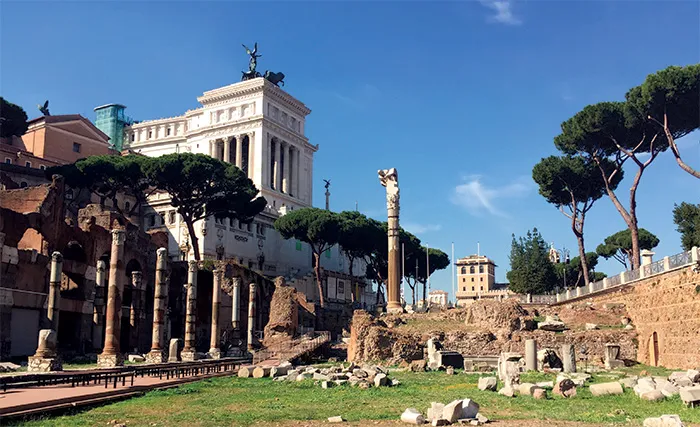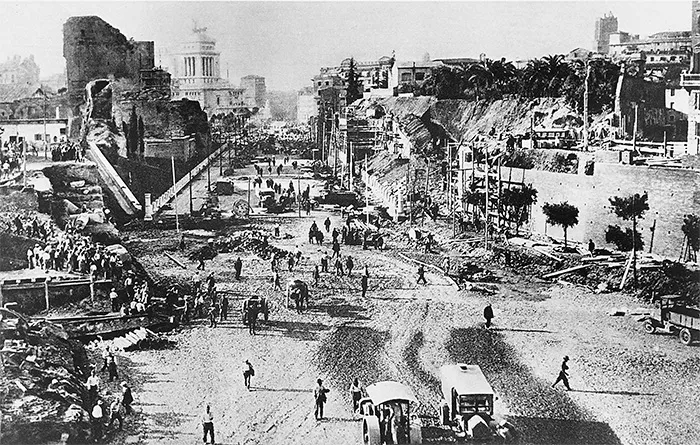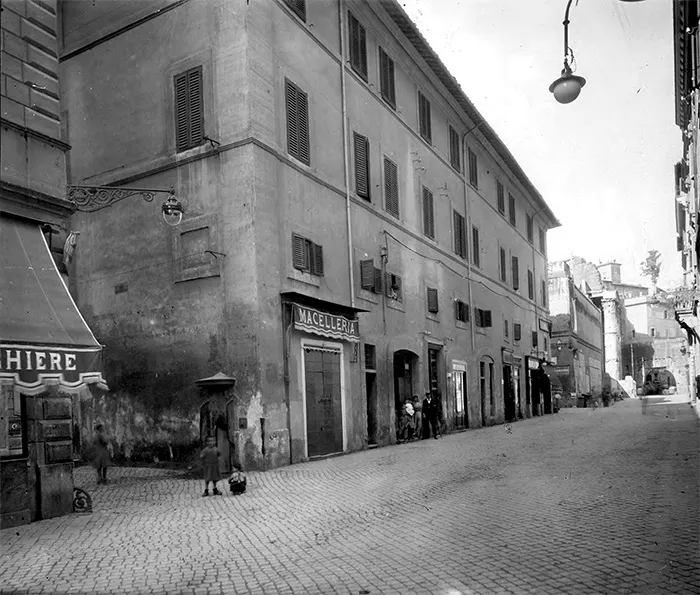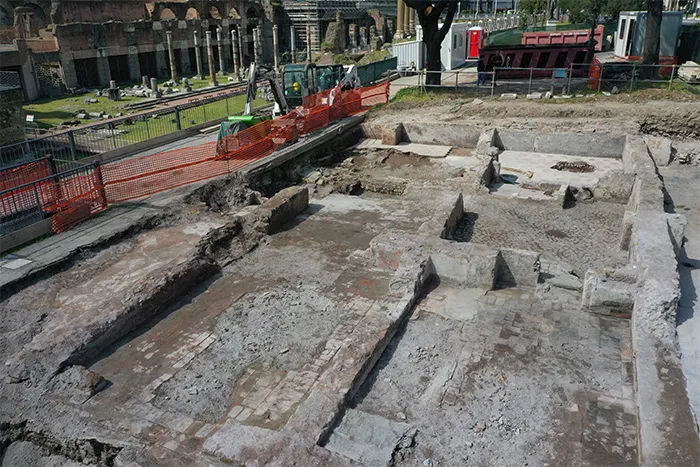Fresh Discoveries of Urban Life in Rome
Unearthing Rome’s Long History
New Danish-Italian excavations in central Rome are revealing traces of urban life spanning nearly three millennia. These digs are uncovering far more than just Caesar’s monumental forum project. Archaeologists, alongside conservators, geologists, and radiocarbon specialists, are peeling back layers of history from Mussolini’s 1930s constructions to ancient Rome’s earliest urban settlements.

Excavation Site and Methodology
The excavation is located near Via dei Fori Imperiali, beside the publicly accessible portion of Caesar’s Forum. Within an enclosed area marked as ‘lavori in corso’ (works in progress), deep trenches have been dug, revealing extensive insights into Rome’s history. This multi-disciplinary approach includes mechanical excavators, detailed material studies, and analysis of excavated samples, tracing the city’s evolution from the 20th century AD back to the 6th century BC.

Mussolini’s Impact: A Transformation of Rome
On October 28, 1932, Benito Mussolini inaugurated the Via dei Fori Imperiali, previously named Via dell’Impero. This grand parade street was designed to link the fascist regime to Rome’s ancient legacy. The construction of this road led to the destruction of the late Republican Forum of Caesar and other imperial fora. A densely populated residential area, the Alessandrino Quarter, was demolished, displacing about a thousand families who were relocated to the outskirts of Rome. The archaeological remains were exposed, but the excavation was rushed, altering the city’s historic landscape.
The Forgotten Alessandrino Quarter
The Alessandrino Quarter, established in the 16th century, housed Rome’s expanding population for over 300 years. Despite historical photographs, maps, and written records, little was known about the daily lives of its residents until now. Surprisingly, when forced to vacate, inhabitants cleaned their homes meticulously before demolition. This was to ensure accurate compensation from the state based on precise architectural inspections.

Insights from the Excavations
While personal belongings were removed, underground sewers and hidden spaces retained remnants of daily life. Excavators have found jewelry, bone shirt buttons, kitchenware, and food remnants such as pig bones, mussel shells, and chicken eggs. These findings shed light on the social standing, domestic activities, and diets of the former inhabitants.
Additionally, the way in which the buildings were demolished is becoming clearer. Rubble was often packed into sewers or used to level off cellars, and tools left behind by workmen provide insight into the demolition process.
Architectural Evolution Over Centuries
Preserved rooms from the housing blocks reveal a variety of flooring materials and patterns. These architectural elements chart shifts in design trends and modernization efforts over the centuries. By the second half of the 19th century, Renaissance houses were rebuilt to accommodate modern utilities such as electricity and flushable toilets. While small artifacts from the rooms are scarce, the floors themselves indicate room functions, differentiating between domestic quarters, kitchens, and laundries.

Conclusion: Reconstructing Rome’s Past
The ongoing excavations in Caesar’s Forum are providing valuable insights into the city’s layered history. By studying architectural transformations, material culture, and the remnants of past urban life, archaeologists are uncovering a deeper understanding of Rome’s evolving identity. These findings bridge the gap between the ancient and modern city. Revealing the continuous occupation and transformation of the Eternal City over thousands of years.


